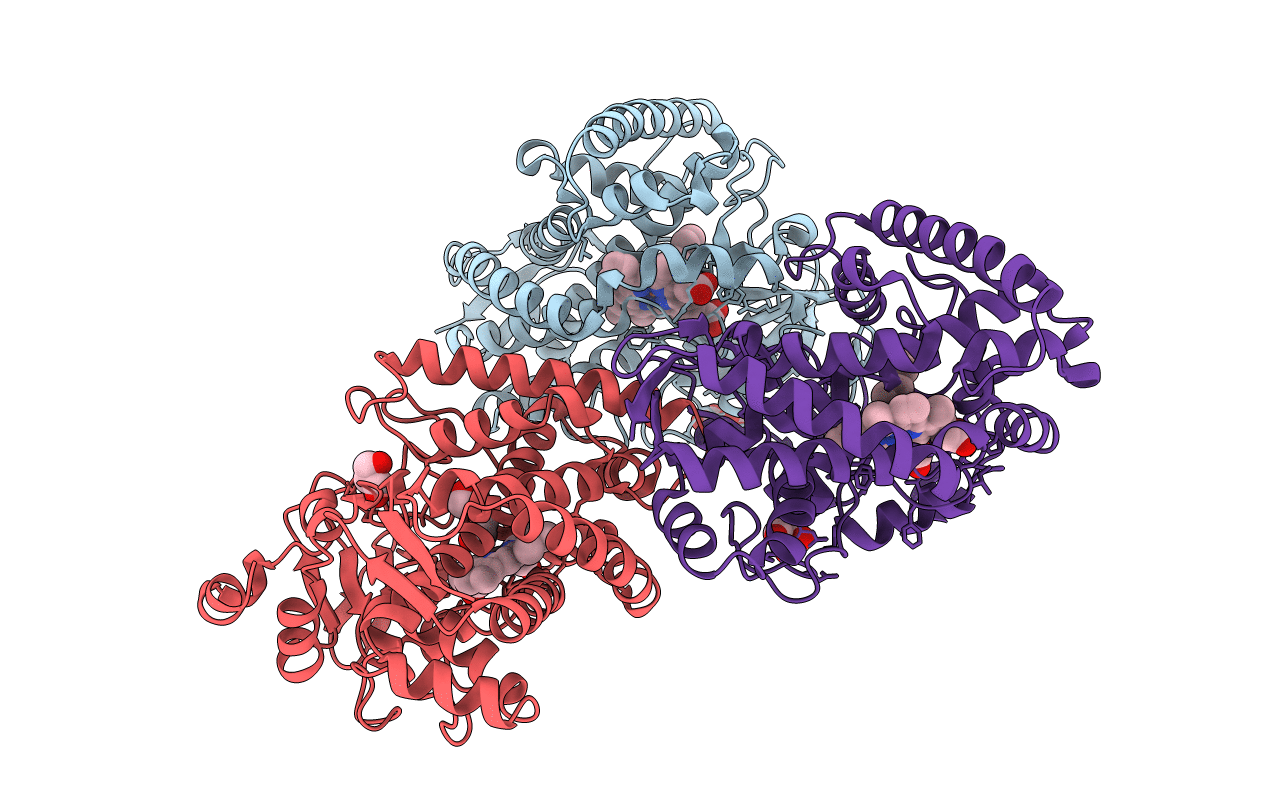
Deposition Date
2018-09-24
Release Date
2018-12-12
Last Version Date
2024-01-24
Entry Detail
Biological Source:
Source Organism:
Pseudomonas sp. 19-rlim (Taxon ID: 1084570)
Host Organism:
Method Details:
Experimental Method:
Resolution:
1.80 Å
R-Value Free:
0.20
R-Value Work:
0.16
R-Value Observed:
0.17
Space Group:
P 1 21 1


